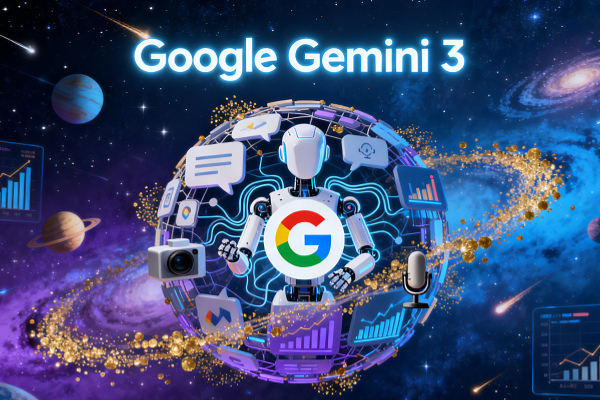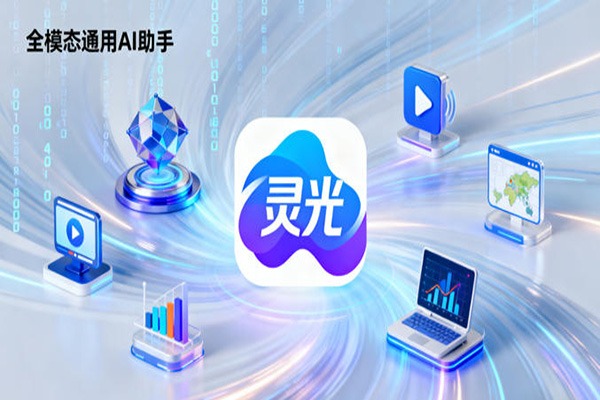Google launches Gemini 3, integrating multimodal AI and intelligent agent capabilities.

On November 19th, Google officially announced the release of its highly anticipated next-generation AI model, Gemini 3, via its official account @GeminiApp.
This release marks another significant leap forward for Google in the field of large-scale model technology, aiming to provide users with a more powerful and intelligent interactive experience. The core breakthrough of Gemini 3 lies in its astonishing ability to process contexts involving millions of tokens.
This feature enables it to understand and handle extremely lengthy documents or complex multi-turn conversations, maintaining unprecedented consistency and accuracy in scenarios such as long text analysis, code writing, and debugging.
Furthermore, the model achieves true native multimodal understanding. It no longer treats video, audio, images, and text as independent signals, but rather analyzes and interprets them uniformly and in depth. Whether analyzing the steps in an instructional video or understanding an infographic containing charts and text, Gemini 3 provides precise insights. This update also introduces the new "Gemini Agent" intelligent agent feature.
Users can guide the agent through natural language, allowing it to autonomously plan and execute a series of sequential actions, such as "collecting this week's industry reports, summarizing key points, and generating a PPT outline," thus simplifying complex tasks.
In terms of release strategy, Google has adopted a phased approach: the most powerful Gemini Agent is currently undergoing limited testing with Ultra users in the United States. Meanwhile, the basic Gemini 3 model is available to users worldwide. Notably, to support education, Google announced that students worldwide can apply for a free one-year Gemini Pro program to experience advanced AI features.
The launch of Gemini 3 undoubtedly injects new vitality into the fierce AI competition and demonstrates Google's solid progress on the road to Artificial General Intelligence (AGI).









